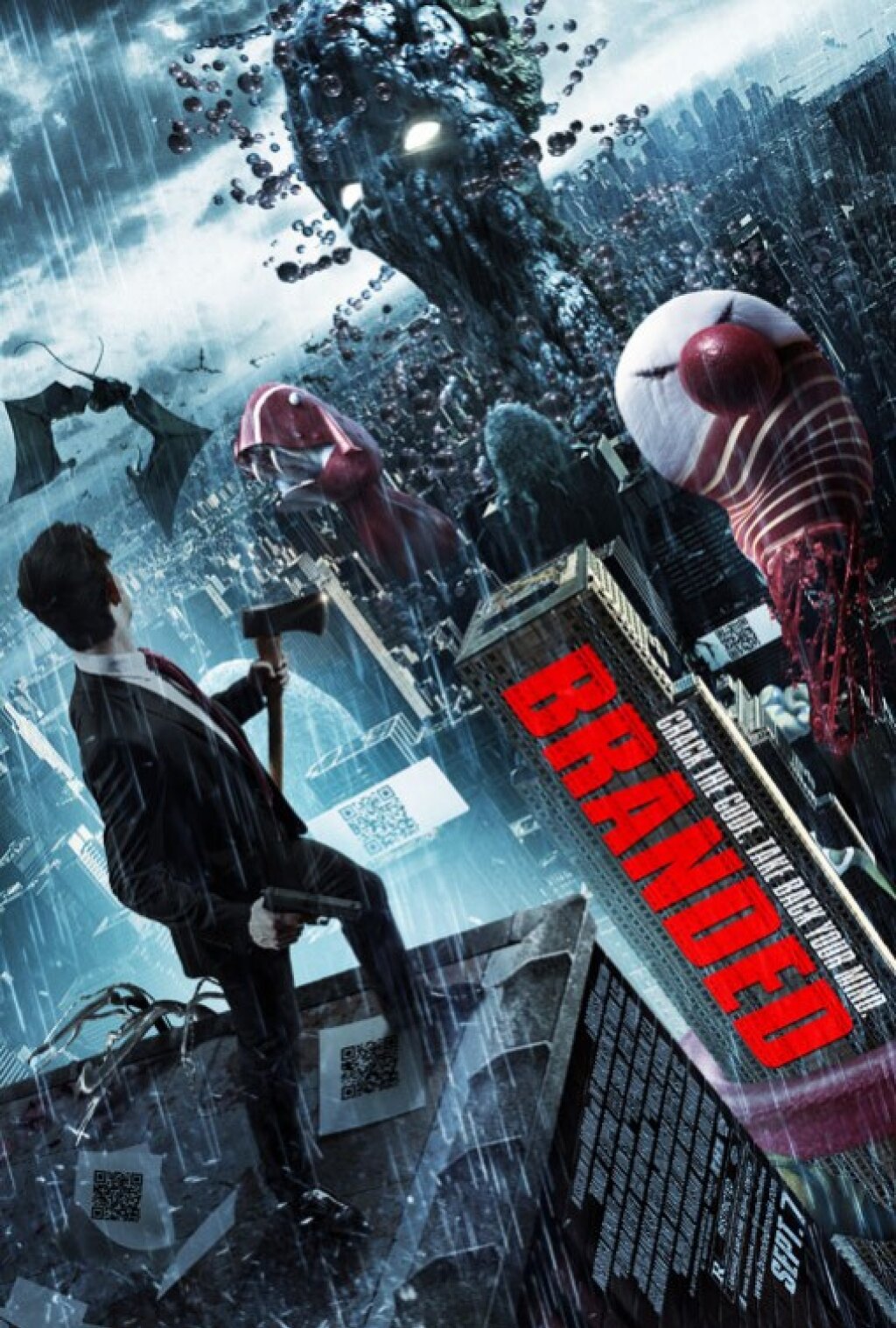This is the first installment of Murder on the Leviathan portion of “Rereading Akunin .' For the introduction to the series, and subsequent installments, go here.
1998 was a busy year for Boris Akunin, but only the first of many. If we look at his bibliography, the key to Akunin’s literary life seems to be hyperproductivity. He published the first four Fandorin novels in 1998, which means I’m taking longer to blog about these books than it took Akunin to write them.
The first several books in the series lean heavily on a conceit that eventually falls to the wayside: the author is methodically making his way through various subgenres of the mystery novel, including subgenres that he himself appears to have invented. Murder on the Leviathan (Левиафан) aims at a classic: the locked-room mystery. Akunin uses the term “hermetic,” which has the advantage of ambiguity. “Locked room” makes one think of, well, a room, but “hermetic” could apply to any self-contained space. It also can allude to the secret or the occult, a tantalizing prospect that is in no way born out by Murder on the Leviathan, which, like all of the Fandorin stories (but unlike some of Akunin’s other work) is rooted firmly in a rationalist world.
Whether we prefer “hermetic” or “locked room,” either one is apt for this particular novel. The classic locked-room mystery is just what it sounds like: a murder has been committed in a space granting neither ingress nor egress, so only the people present are suspects. Probably the most famous is Agatha Christie’s And Then There Were None, published in 1939 under an incredibly offensive name, republished from 1964 through 1986 under a slightly less horrible one, before finally being given the blessedly generic title under which it is known today. Eight people arrive on a tiny island, only to be picked off one by one before we finally learn who was behind it all.
Agatha Christie's real influence here, however, is probably her famous novel about a locked room on wheels, Murder on the Orient Express. The English title of Akunin’s book even makes the parallel obvious, with Akunin’s boat as a substitute for Christie locomotive. Again, I no longer recall how Akunin’s novel ends, but so far Murder on the Leviathan rests somewhere between the two extremes of Dame Agatha’s page turners. And Then There Were None stands out by multiplying the novel’s victims (everybody dies), while Murder on the Orient Express (spoiler alert!) keeps the body count down to one, but reveals that all the suspects were the murderers.
If Part 1 is any indication, Akunin does not seem inclined to pile up the bodies. Or, at least, not the bodies on the boat. The actual crime takes place in a Paris home, with eleven victims whose physical locations are carefully diagrammed by the newspaper reporter, as if he were preparing for a game of Clue. But it is my sad duty to report that, one-third of the way through the novel, none of the rather unpleasant people who take turns telling the story has been shot, stabbed, decapitated, or thrown overboard.The only exception is a nameless character who will be discussed further down.
If the Leviathan were the Titanic, all of the first-class passengers who are the novel’s prime suspects would easily find their way to a lifeboat, staring dispassionately at poor, self-sacrificing Leonardo diCaprio and caring not a whit whether or not Kate Winslet’s heart will go on. Fandorin, of course, would throw himself into the icy waters to save as many as he could, probably using some exotic meditation technique to stave off hypothermia. His heart has to continue beating for thirteen more books.
What makes Murder on the Leviathan interesting is not the proliferation of victims or murderers, but of locked rooms themselves. First, there is the house in Paris. Then the ship itself. Then the Windsor dining room in which most of the novel takes place. Renate Kleber’s room, where she is attacked by the mysterious, and sadly disposable, "Negro" whose sole functions appear to be attacking Renate, stealing a few things, and getting killed. This is not just a locked room mystery—it is a mystery of recursive locked rooms, as though a crime had taken place inside the belly of the smallest Matryoshka doll while she was housed within all the other, bigger Matryoshkas that make up the full set.
Setting aside the setting, Murder on the Leviathan has other advantages for Akunin, the budding novelist. In The Turkish Gambit, we already saw the advantages gained by having a purely external view of Fandorin, in that case through the introduction of a character whose viewpoint we followed almost exclusively (Varya). We also saw how Anwar’s knack for understanding the stories in which the other characters imagined themselves allowed the novel’s villain to manipulate them. Murder on the Leviathan does something similar, but the villain behind it is the man whose name means “villiain”: Akunin.
Once again, Fandorin is kept at a distance. To borrow from Scott McCloud’s terminology in Understanding Comics, there is no “masking effect” encouraging us to put ourselves in his position. Instead, he is always a distant object of fascination. Murder on the Leviathan continues one of the conceits of the earlier books (the incorporation of newspaper clippings), but now adds further narrative complexity by allowing all the central figures (save Fandorin) to take their turn as viewpoint characters, whether through diaries (the Japanese doctor Gintaro Aono), letters (Reginal Milford-Stokes), or a close third-person limited narration (the pregnant Renate Kleber, the spinster Clarissa Stamp, and the clownish Parisian Police Commissioner Gustave Gauche).
Each of them starts the book in their own hermetically sealed story world. Gauche is carried away by his own fantasies of fame and heroism—he is a laughable variation on The Turkish Gambit’s Sobolev, made all the more ridiculous because we see inside his head. All the rest have their own secrets and preoccupations, most of which manage to yield a red herring or two to keep us guessing. It is only when they meet at the dining table in the Windsor Room that their worlds intersect, pushing the plot further.
The novel also provides Akunin with more opportunities to exploit the foibles of the period from a late twentieth-century vantage point. Once again, we have a discussion of the “latest innovations” in criminology, including an incredibly complicated version of phrenology advocated by Gauche (and shot down by Fandorin, who introduces him to fingerprinting). And once again, we have period-appropriate racism, with the European characters constantly casting aspersions on the “yellow” and “slant-eyed” savage Aono, and Aono’s diaries dismissing the European as “red-headed barbarians.” Only the Negro doesn’t get a voice, since he’s too busy threatening a white woman and being killed by a European man who has come to his rescue. Hmm, perhaps the racism iis not so period-specific after all.
Finally, a few words about the mystery itself: Gauche is trying to determine who committed the eleven murders in Paris, and has joined the cruise because of a whale-shaped badge found at the crime scene. This badge is worn by first-class passengers on The Leviathan, and he has arranged for most of the diners in the Windsor room to be those whose badges are not in evidence (Fandorin included). Obviously, there will be more about this all later.



